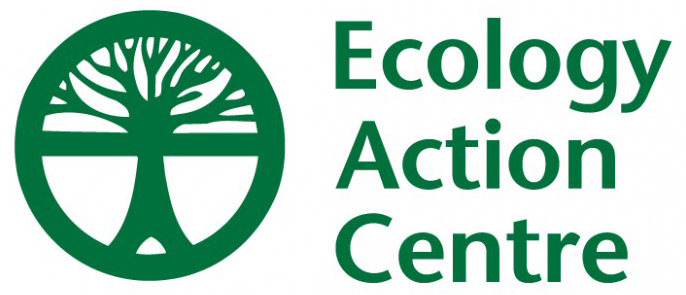Ecology Action Centre’s recommendation for 4T Herring (Fall) TAC for 2021 Season
We acknowledge the difficulty in making decisions regarding a population that is projected todecline even in the absence of a commercial fishery. Nonetheless, there are management actions that can be taken to improve the probability of recovery while following the Precautionary Approach Framework (PA). Despite current high natural mortality and low recruitment of both spring and fall spawning herring in the southern Gulf of St Lawrence, fishing mortality needs to be reduced as much as possible if these populations are to recover and sustain healthy fisheries in the future.
The Ecology Action Centre recommends the Total Allowable Catch (TAC) for the fall commercial fishery be reduced to 8,000 t in 2021.
Population projections are improved when fishing removals are reduced. While environmental conditions that promote high recruitment require the synchronicity of multiple variables and are not predictable, should these conditions arise and a high recruitment event occurs, the population needs to be above the Critical Zone to realize the benefits of this event. Furthermore, the Minister’s mandate states that “the sustainability of our ocean resources remains paramount”, thus the stock should be maintained as healthy as possible to maximize recruitment when the conditions arise.
While we acknowledge that socio-economic considerations are important and that the herring fishery employs hundreds of Canadians around the southern Gulf, it is also important to consider that forage fish populations regularly display boom and bust cycles, and that management decisions need to be adaptable to these population variations. Consequently, committing to fishing mortality reductions can result in faster rebuilding so that a thriving fishery can exist again in the near future. The Ecology Action Centre supports assistance from the department directly to owner-operator fishermen, small fleets, and plant workers to reduce the burden of any quota reductions.
It is also critical to keep in mind the impacts a collapse of Atlantic herring will have on other fisheries as well as the broader ecosystem. Herring is an important prey species for many seabirds, marine mammals, and other large fishes of commercial importance. The movement in your department toward ecosystem-based fisheries management is extremely positive and acknowledges that decisions made in this fishery have far reaching impacts, and is another reason why following the PA is warranted.
Sincerely,
Sebastián Pardo, PhD
Sustainable Fisheries Coordinator
